Question from Suzie Q.:
Hello Geek!
I’ve heard that the “Happy Birthday” Song is patented. Is this true? If so, what’s the background info on this?
-Suzie Q.
As a song, “Happy Birthday to You” is not eligible for a patent but it is copyright material which means that royalties should be paid every time the song is sang in public.
The melody of “Happy Birthday to You” is from a song written by two sisters, Patty and Mildred J. Hil in 1893 titled “Good Morning to All.” The song was published as part of the book Song Stories for the Kindergarten with the lyrcis:
Good morning to you,
Good morning to you,
Good morning, dear children,
Good morning to all.
No one knows exactly when the lyrics of the song were adapted to Happy Birthday to You but the song first showed up in print in 1912. Between then and 1934, the songs was published in various song books but none of these books had a copyright notice for the song. Because of this lack of copyright, Jessica Hill working with the Clayton F. Summy Company, was able to copyright the song in 1935 siting the similarities to “Good Morning to All.” The Clayton F. Summy Company was bought by Birch Tree Group, Ltd. who held the copyright until 1998. In 1998, the company was purchased by Time Warner. Today, Time Warner holds the copyright for “Happy Birthday to You.” In 2008, the royalties for the use of the song in movies, ads, television, radio and any public event were $5,000 a day. The copyright for the song will expire in 2030.
The validity of the copyright of the song is often questioned. Many have said the song is not an original work worthy of copyright for many reasons. These reasons included that the melody was very similar in nature to many other popular songs of the time and there is no proof of who actually wrote the lyrics. They were mostly likely improvisations of children who had heard the original song. Still since it first copyright no one has brought the question of the validity to court and probably never will so until 2030 royalties will still be paid for the use of “Happy Birthday to You.”


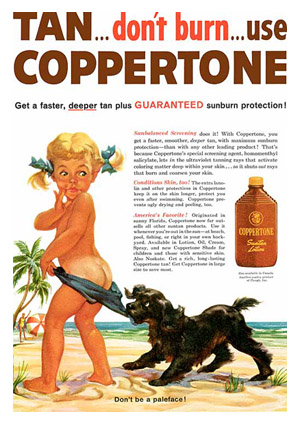 The benefits of sunscreen have been known for thousands of years. Even the Greeks used a mixture of sand and oil to attempt to protect themselves from the sun while training for the Olympics. Christopher Columbus was the first to write about the use of sunscreen. Columbus wrote in his journal while visiting an island in the Caribbean that the people of the island “all paint themselves, some black, some other colors, but mostly red. I have learned that they do this on account of the sun, which does not injure them as much if they are painted.”
The benefits of sunscreen have been known for thousands of years. Even the Greeks used a mixture of sand and oil to attempt to protect themselves from the sun while training for the Olympics. Christopher Columbus was the first to write about the use of sunscreen. Columbus wrote in his journal while visiting an island in the Caribbean that the people of the island “all paint themselves, some black, some other colors, but mostly red. I have learned that they do this on account of the sun, which does not injure them as much if they are painted.”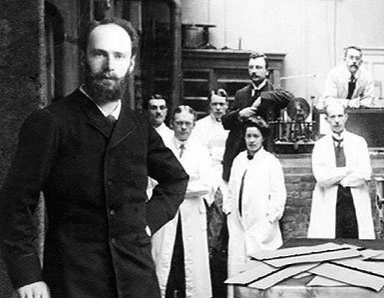 One of the greatest life saving inventions ever made was the EKG. To this day, variations of the original EKG machine help to discover heart disease and prevent heart attacks. An EKG machine picks up electrical pulses from the heart and records them in wave tracings. These waves help physicians diagnose cardiac abnormalities. The development of the first practical EKG began in 1889 at the First International Congress of Physiologists. Willem Einthoven saw British physiologist August Waller demonstrate recording the electrical activity of a heart using his dog.
One of the greatest life saving inventions ever made was the EKG. To this day, variations of the original EKG machine help to discover heart disease and prevent heart attacks. An EKG machine picks up electrical pulses from the heart and records them in wave tracings. These waves help physicians diagnose cardiac abnormalities. The development of the first practical EKG began in 1889 at the First International Congress of Physiologists. Willem Einthoven saw British physiologist August Waller demonstrate recording the electrical activity of a heart using his dog.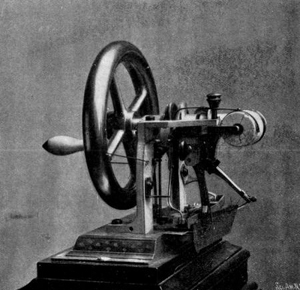 People attempted for decades to design a properly functioning sewing machine. There were many machines designed and patented which simply did not work. Then in 1830, Barthelemy Thimonnier, a French tailor, developed a successful model. This machine caused fear and outrage among tailors in France. Afraid that they would lose their livelihoods to this invention, a group of tailors destroyed the plant where Thimonnier was producing his sewing machine.
People attempted for decades to design a properly functioning sewing machine. There were many machines designed and patented which simply did not work. Then in 1830, Barthelemy Thimonnier, a French tailor, developed a successful model. This machine caused fear and outrage among tailors in France. Afraid that they would lose their livelihoods to this invention, a group of tailors destroyed the plant where Thimonnier was producing his sewing machine.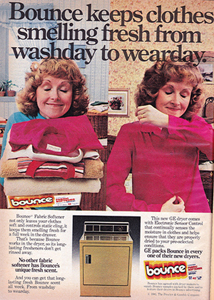 Did you ever wonder why you have to wait until the final rinse to add the fabric softener to your laundry? Laundry detergent and fabric softener can’t be mixed because the mixture causes a chemical reaction which forms a solid.
Did you ever wonder why you have to wait until the final rinse to add the fabric softener to your laundry? Laundry detergent and fabric softener can’t be mixed because the mixture causes a chemical reaction which forms a solid.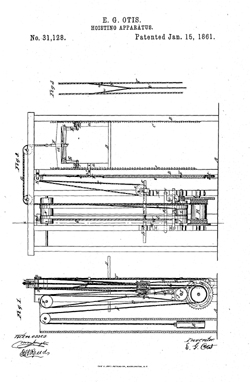 The first passenger elevator was designed for France’s King Louis XV for his personal chambers in Versailles in 1743. Called the “Flying Chair” the elevator only went one floor, connecting the king’s chambers to his mistresses’ on the second floor of the palace. The king entered his elevator through his balcony and a arrangement of weights and pulleys hanging inside a chimney were pulled to raise or lower the chair.
The first passenger elevator was designed for France’s King Louis XV for his personal chambers in Versailles in 1743. Called the “Flying Chair” the elevator only went one floor, connecting the king’s chambers to his mistresses’ on the second floor of the palace. The king entered his elevator through his balcony and a arrangement of weights and pulleys hanging inside a chimney were pulled to raise or lower the chair.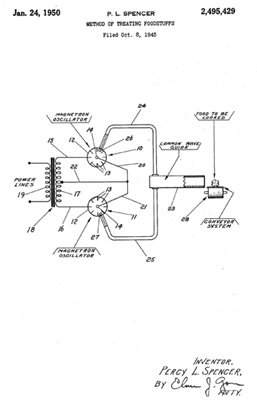 You can add the microwave oven to the list of products invented by accident. Dr. Percy Spencer was not trying to invent a faster way to cook when he discovered the principal behind the microwave oven. Instead, Spencer was working for the Raytheon Corporation testing a new type of vacuum tube known as a magnetron. One day, he discovered that a candy bar which he had in his pocket had melted while working with the magnetron. This led to many more experiments with the tube.
You can add the microwave oven to the list of products invented by accident. Dr. Percy Spencer was not trying to invent a faster way to cook when he discovered the principal behind the microwave oven. Instead, Spencer was working for the Raytheon Corporation testing a new type of vacuum tube known as a magnetron. One day, he discovered that a candy bar which he had in his pocket had melted while working with the magnetron. This led to many more experiments with the tube.